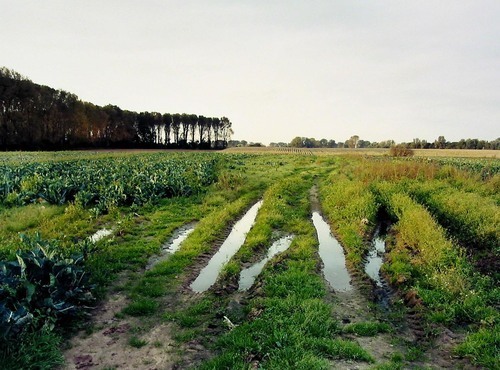#20 Describe at least one photograph that you could take for each of the following “place” prompts.
- An image of a synthetic “place” such as Disney World, Las Vegas, a Hollywood set, a diorama, etc.
- I'd like to do an image of a child's play room. It would be interesting to see how they play and what they interact with. Certain toys make believe of chores and activities normally reserved for adults which is ironic since most adults want to be children again.
- An image of a fantasy/fictitious environment concocted from your imagination.
- As for a dream, I think I'd like to shoot a picture of a person sleeping, but surrounding them would be certain sheets with patterns they personally picked, as well as pictures, signs, and posters surrounding the walls to show things that they are interested in and maybe dream to achieve.
- An image of a placeless space such as the Internet, cell phones, e-mail, e-bank, surveillance, etc.
- To make an image of something like the internet, I would probably draw upon an unusual sign that promotes an internet cafe, or shoot a photo of one and play close attention to the computer screens within them.
- An image of a public space.
- I'm drawn to photographing a library or a gym, or some other place where you need a membership. It's interesting analysis of what should be free and what should not.
- An image of a private space.
- As far a a private space goes, I think that the bedroom or even the inside of someone's car or trunk is very intimate. You can see into their personal living habits. A bathroom counter would also be an interesting shot.
- An in-between space that brings to mind one of the following ideas: nomadic lifestyles, displacement, rootlessness, out-of-placeness, boundaries, movement, expansion, etc.
- My first thought is to show someone who is hitchhiking, but I am not sure if that can really apply anymore. People seldom do it anymore because of all of the crazies, so it is not really the best interpretation of the nomadic lifestyle. A more appropriate shot for today's nomad would probably be of one of those traveled cars you see on the expressway. It is probably caked with dirt, and if not, you can see many bumper stickers of places they have traveled or bands that they listen to (probably jam bands). There is usually a kayak or bicycles strapped to it, and the guy driving more than likely has a beard and is wearing a bandana.











